Fences and trellises don’t just define spaces they offer the perfect vertical canvas for nature’s climbers. Hardy ornamental vines can elevate your garden with bursts of color, texture, and seasonal drama, all while withstanding various climates and conditions. Whether you’re looking to create privacy, soften a rigid structure, or attract pollinators, these tough yet beautiful vines deliver aesthetic impact and easy care. Here are 10 must-have hardy ornamental vines to consider for your garden makeover.
1. Clematis (Clematis spp.)

Clematis is often called the “queen of climbers” for good reason. With its stunning variety of flower colors, shapes, and sizes, clematis adds instant elegance to any trellis or fence. Many cultivars are winter-hardy (especially types like Clematis jackmanii and Clematis alpina) and can thrive in zones 4–9 with proper care. Clematis likes its roots cool and shaded but craves sun on its foliage so pair it with low-growing plants around the base. Once established, this vine blooms reliably year after year with minimal fuss.
2. Trumpet Vine (Campsis radicans)

Bold, fiery, and vigorous, trumpet vine brings dramatic flair to large spaces. Native to North America and hardy in zones 4–9, this fast grower thrives in poor soil and full sun. Its trumpet-shaped orange to red flowers are a magnet for hummingbirds and butterflies. While it’s incredibly hardy and drought-tolerant, trumpet vine can be aggressive so it’s best suited for sturdy trellises or fences in areas where its spread can be controlled. With regular pruning, it becomes a spectacular focal point.
3. Virginia Creeper (Parthenocissus quinquefolia)

If you’re looking for a low-maintenance vine with dramatic seasonal change, Virginia creeper is ideal. Hardy in zones 3–9, it offers lush green foliage in summer that turns brilliant red in fall. It clings easily to surfaces with tiny adhesive pads, making it perfect for fences and walls. While not as showy as flowering vines, its foliage creates a dense, attractive screen and provides habitat for birds. It also tolerates shade, drought, and various soil types, making it a gardener’s best friend.
4. Honeysuckle (Lonicera spp.)
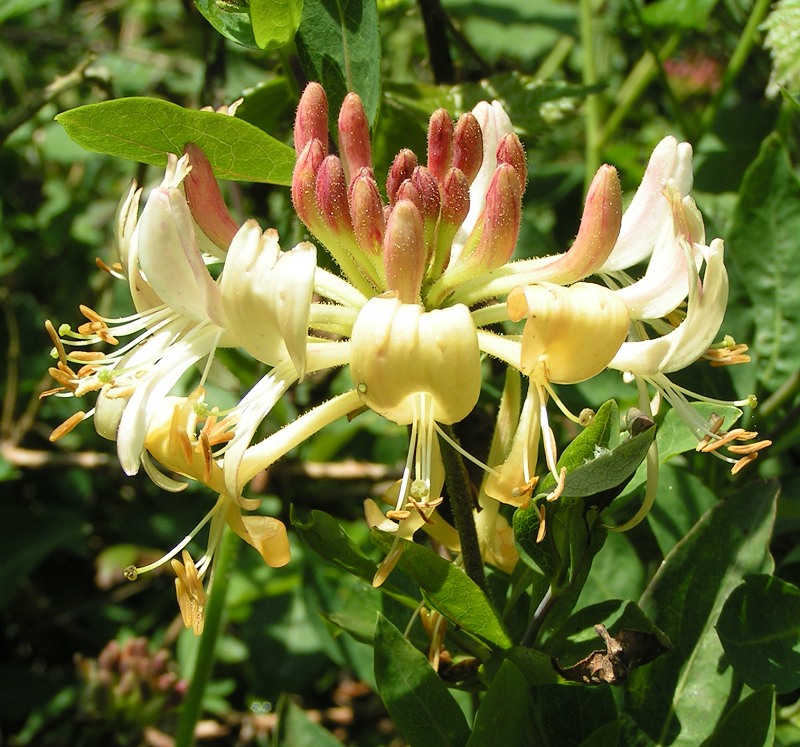
Fragrant and attractive to pollinators, honeysuckle vines bring both beauty and aroma to your garden. Hardy varieties like Lonicera sempervirens (coral honeysuckle) are tough enough for zones 4–9. They offer clusters of tubular blooms in shades of red, yellow, or pink from spring through fall. Honeysuckle prefers full sun but tolerates partial shade and well-drained soil. Its heady scent and continuous blooming season make it a top choice for trellises near patios or walkways where you can enjoy its sweet perfume.
5. Wisteria (Wisteria frutescens or W. sinensis)

Nothing says romance quite like the cascading blooms of wisteria. Though often associated with southern gardens, American wisteria (Wisteria frutescens) is hardy in zones 5–9 and more restrained than its Asian counterparts. Its fragrant, violet-blue flower clusters bloom in late spring and early summer. Wisteria needs strong support, full sun, and regular pruning to prevent it from becoming too unruly. When trained properly, it transforms a plain structure into a lush, flower-draped masterpiece that feels like a storybook escape.
6. Dutchman’s Pipe (Aristolochia macrophylla)
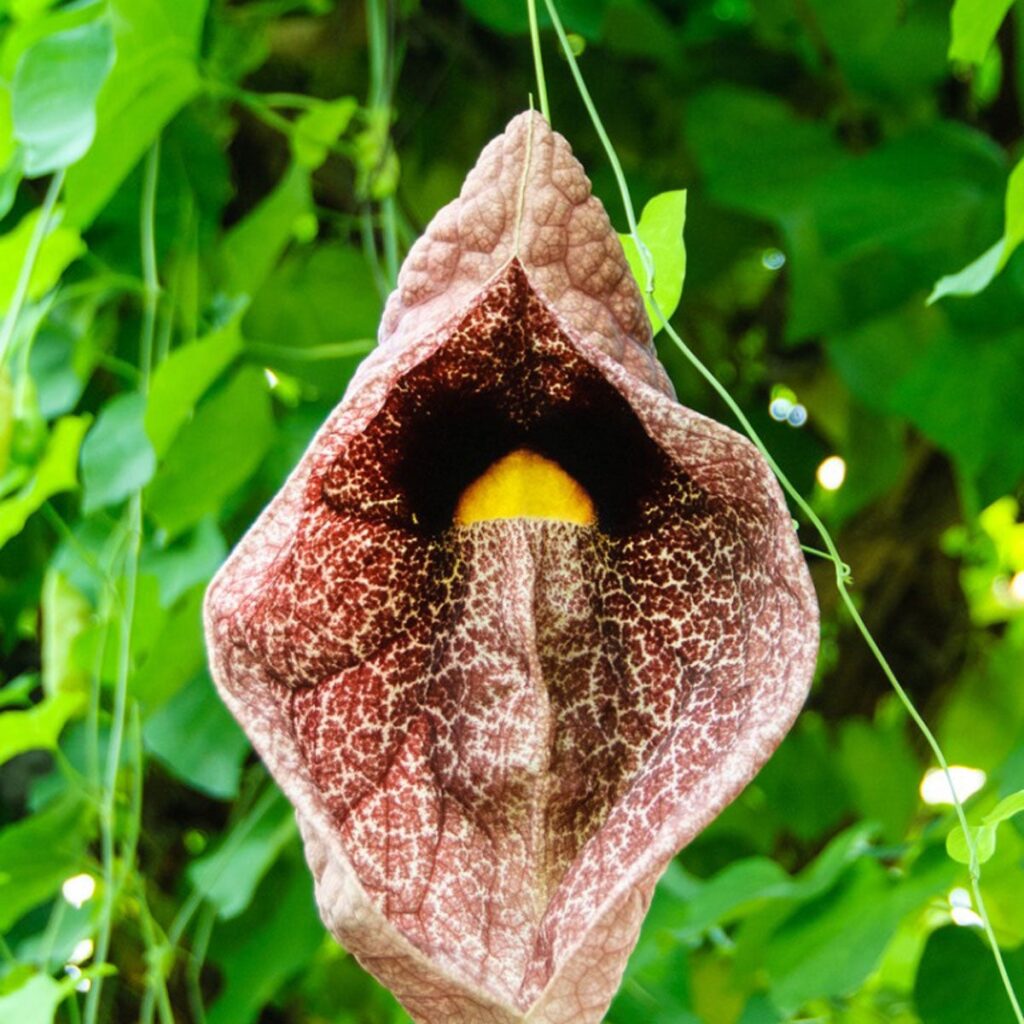
With its heart-shaped foliage and intriguing pipe-shaped flowers, Dutchman’s pipe offers a unique look for shade gardens. Hardy in zones 4–8, it is valued more for its dense, dramatic greenery than for its unusual blooms. It can grow up to 30 feet and provides excellent privacy when used on fences or pergolas. Dutchman’s pipe thrives in partial to full shade and moist, well-drained soil. It also supports pipevine swallowtail butterflies, making it a beautiful and ecologically beneficial addition to your landscape.
7. Climbing Hydrangea (Hydrangea anomala petiolaris)
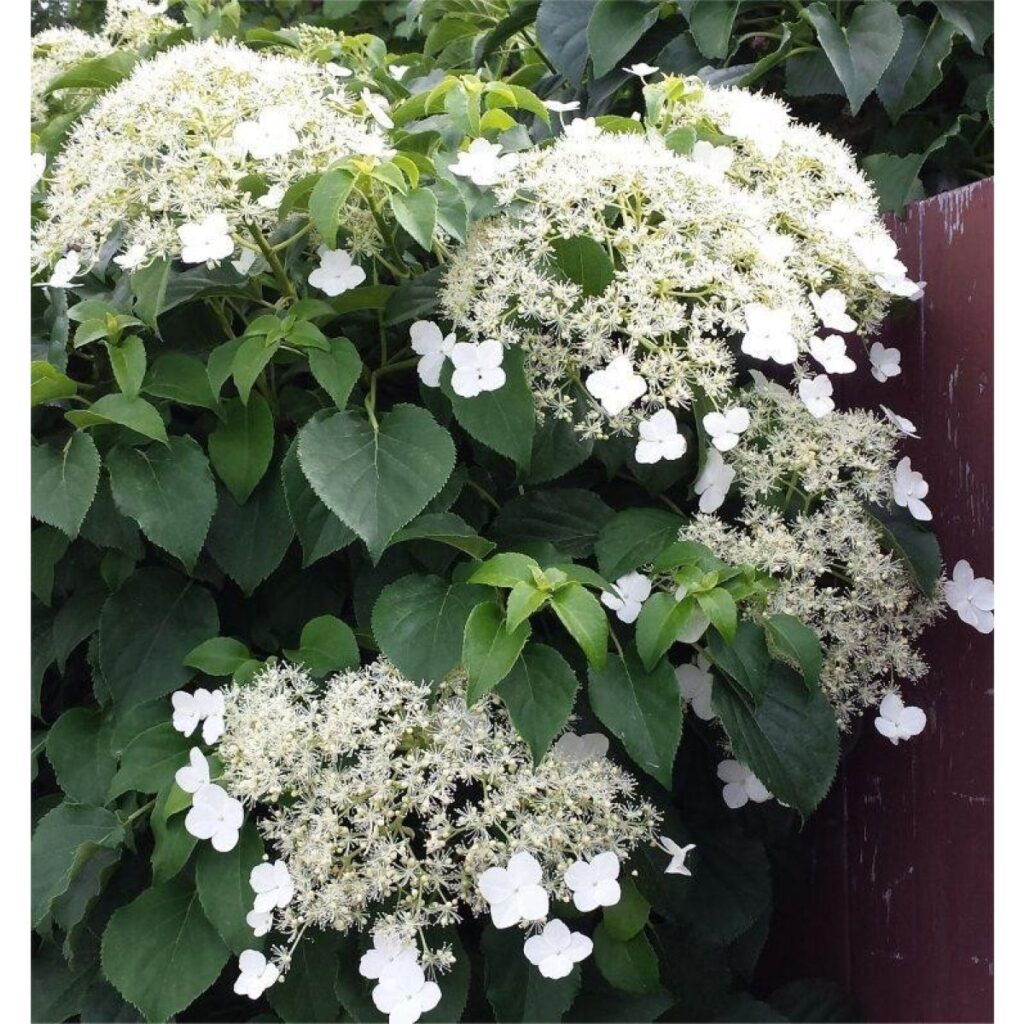
Elegant and slow-growing, climbing hydrangea is a charming vine for shaded spaces. Hardy in zones 4–8, it features large, fragrant, lacy white blooms in early summer and rich green foliage that turns yellow in fall. It clings to surfaces via aerial rootlets and can climb brick, wood, or stone with ease. Though it takes a few years to establish, the payoff is substantial a low-maintenance, eye-catching display that improves with age. It’s especially well-suited to north- or east-facing fences.
8. Passionflower (Passiflora incarnata)
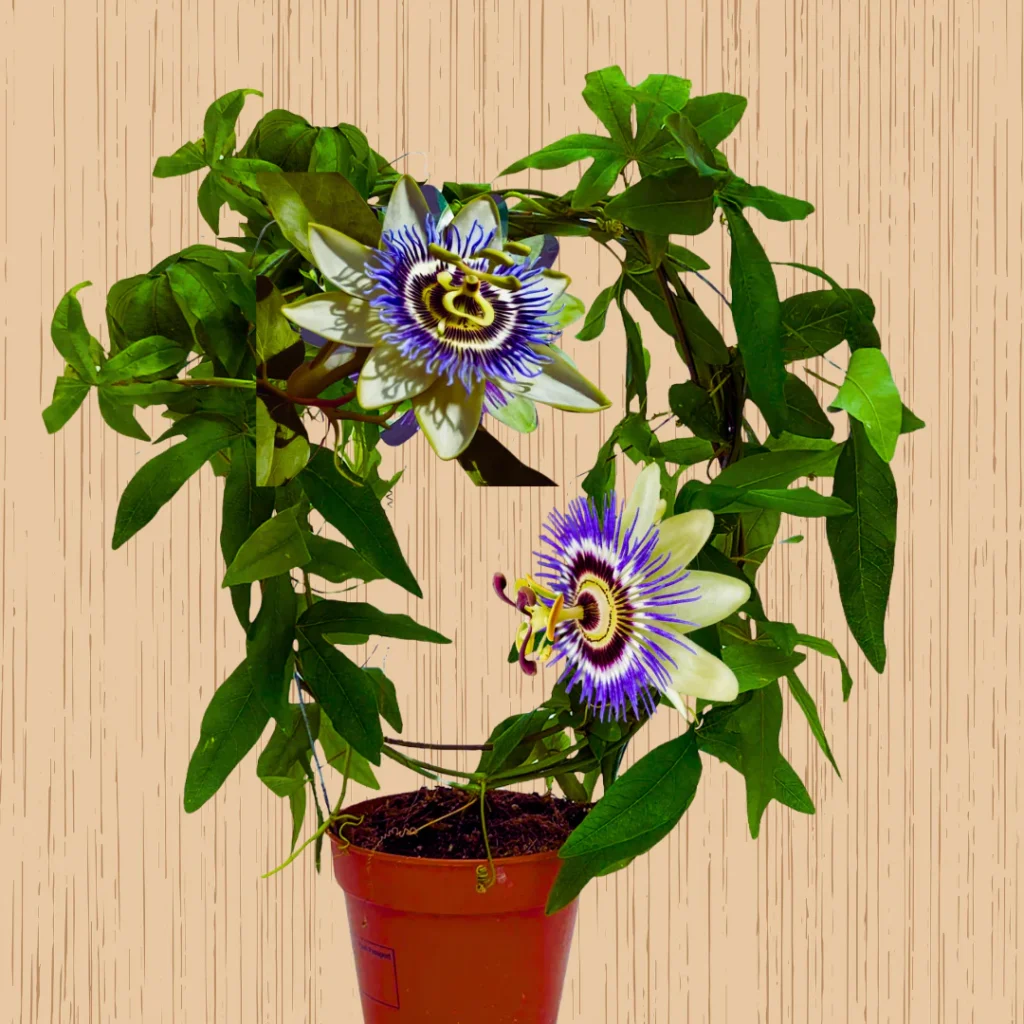
Passionflower offers a tropical aesthetic in a hardy package. Native to the southeastern U.S. and hardy in zones 6–10, this vine dazzles with exotic-looking flowers in shades of purple, blue, and white. It thrives in full sun and well-drained soil and can climb quickly to cover a fence or trellis. Beyond its beauty, it produces edible fruit (maypop) and attracts butterflies, especially Gulf fritillaries. With a bit of winter mulch, it can survive colder climates and bounce back in spring.
9. Silver Lace Vine (Fallopia baldschuanica)

Silver lace vine is a fast-growing climber that quickly fills vertical spaces with clouds of tiny white flowers. Hardy in zones 4–8, it blooms profusely from late summer into fall, adding brightness when many plants begin to fade. It thrives in full sun to partial shade and is tolerant of a wide range of soils. Though vigorous, it’s less invasive than some other quick growers when properly pruned. Its lacy appearance and long flowering period make it a delightful addition to any structure.
10. Boston Ivy (Parthenocissus tricuspidata)
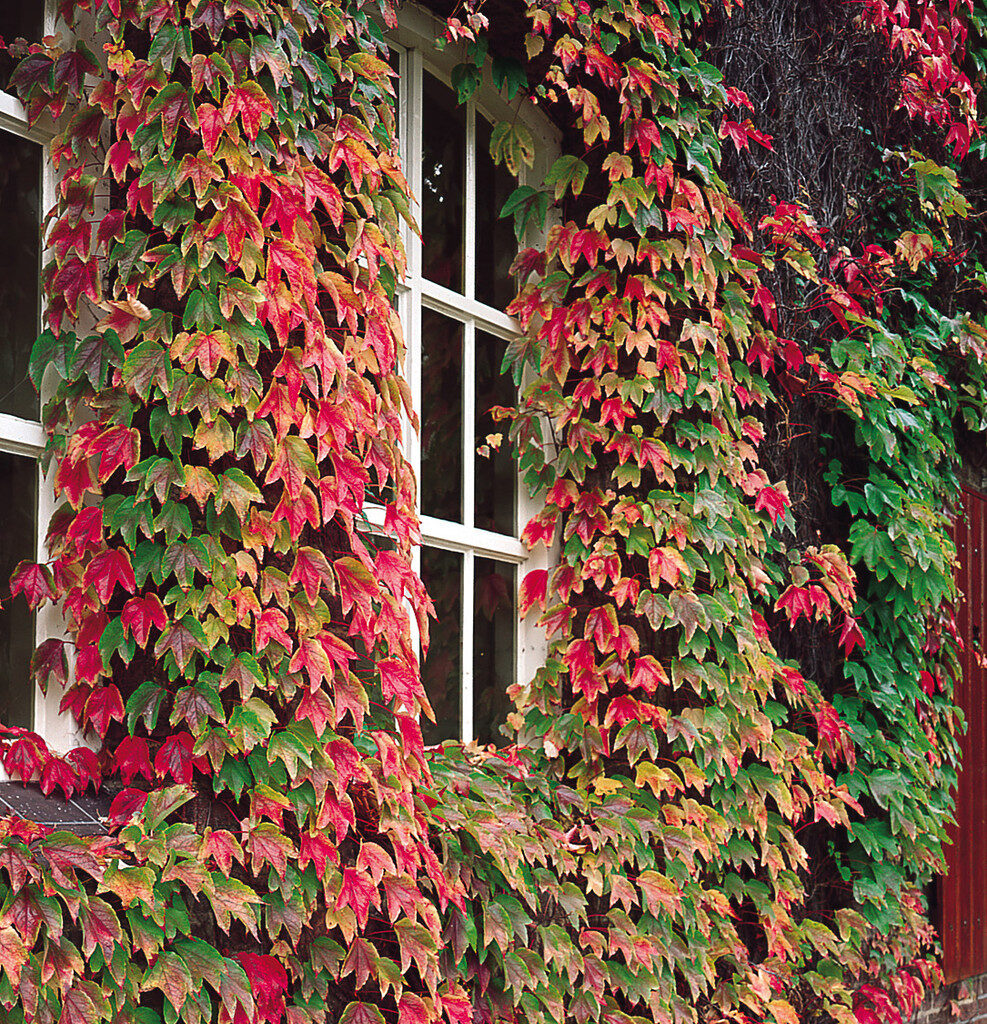
For classic East Coast charm, Boston ivy is unbeatable. Hardy in zones 4–8, this deciduous vine clings to surfaces with ease and transforms any wall or fence into a living mural. Its glossy green leaves turn fiery red, orange, and purple in autumn, creating a breathtaking seasonal display. Boston ivy is not a flowering vine but makes up for it with year-round visual interest and minimal care. It’s perfect for creating a green wall effect on brick or wood fences.

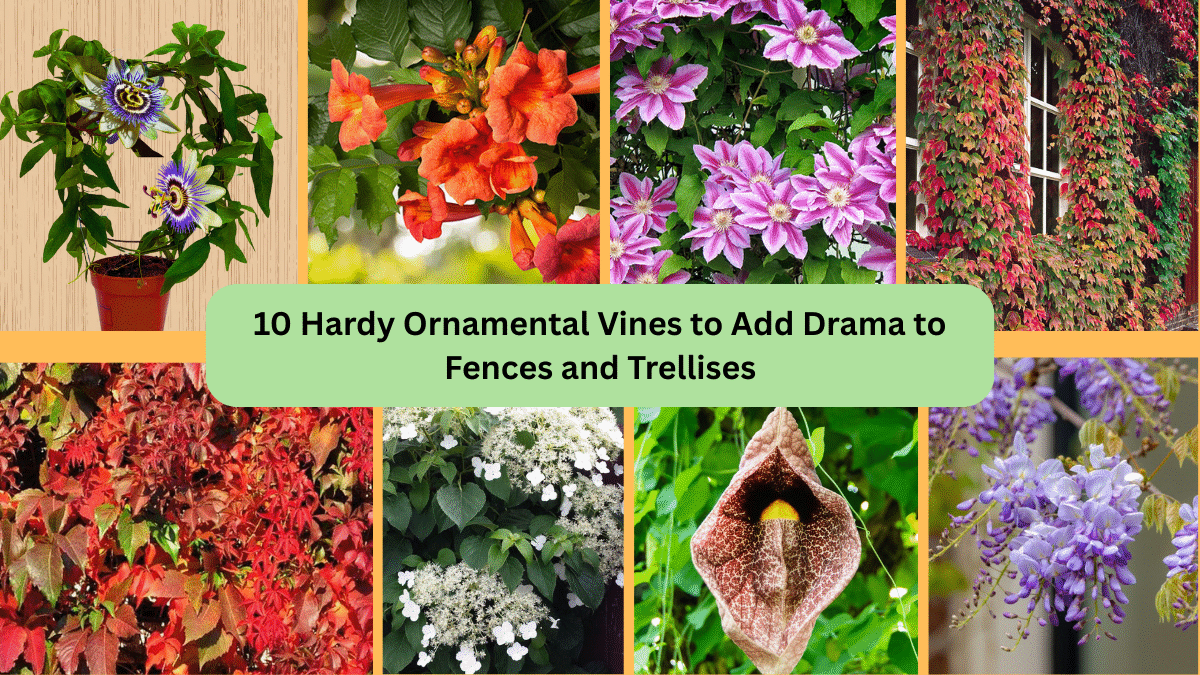



Leave A Comment